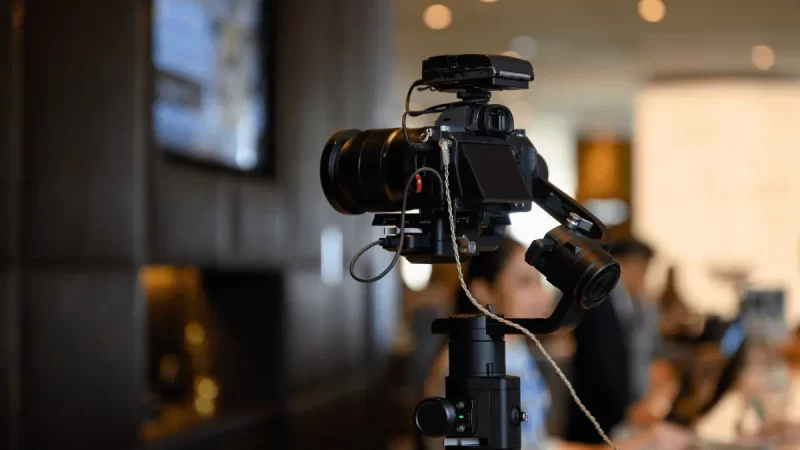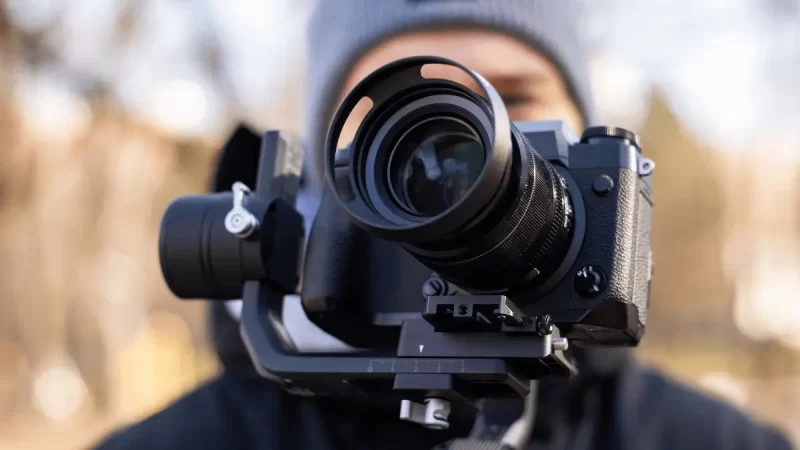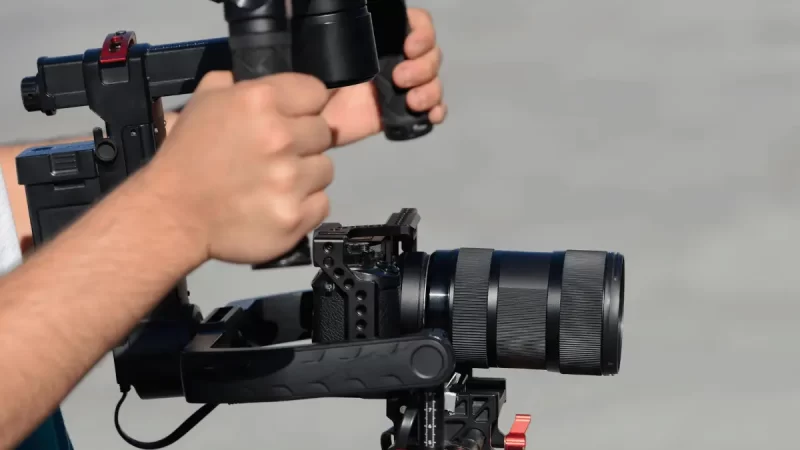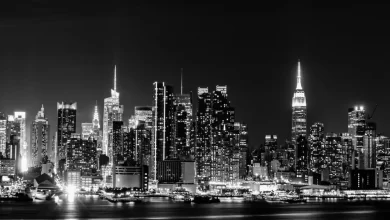Camera Stabilizers: Elevating Your Visual Storytelling
Capturing breathtaking moments with your camera requires more than just skill and creativity. It demands stability, smoothness, and precision. That’s where a camera stabilizer comes into play. In this article, we will delve into the world of camera stabilizers, exploring their benefits, types, and how they can transform your photography or videography game. Whether you’re a seasoned professional or an aspiring enthusiast, get ready to discover the secrets to mastering cinematic shots like never before.
What is a Camera Stabilizer?
A camera stabilizer is a device designed to eliminate unwanted camera movements, ensuring smooth and stable footage. It counteracts shaky hands, vibrations, and sudden movements, enabling photographers and videographers to achieve professional-grade results. By reducing motion blur and creating fluidity in shots, camera stabilizers bring a cinematic touch to your visuals.
Types of Camera Stabilizers
When it comes to camera stabilizers, there are several types available in the market. Let’s explore the most popular ones:
- Gimbal Stabilizers
Gimbal stabilizers are a popular choice among professionals and enthusiasts alike. They use three motors to stabilize the camera, providing smooth movement in three axes: pan, tilt, and roll. These versatile devices are capable of capturing dynamic shots while maintaining stability, even during fast-paced movements.

- Steadicams
Steadicams, also known as camera stabilizing systems, consist of a camera-mounted gimbal and a handheld stabilizing arm. This combination provides excellent stability, making it ideal for extended shoots or capturing shots on the move. Steadicams require practice to master, but once you do, the results are remarkable.

- Camera Shoulder Rigs
Shoulder rigs are camera stabilizers that rest on the shoulder, offering stability and control. They distribute the weight of the camera across the operator’s body, reducing fatigue and providing smooth movements. Shoulder rigs are often used in documentary filmmaking or when shooting in tight spaces.

Advantages of Using a Camera Stabilizer
- Enhanced Stability and Smoothness
A camera stabilizer eliminates unwanted camera movements, resulting in steady and smooth footage. Whether you’re shooting a fast-paced action scene or a serene landscape, the stability provided by a camera stabilizer ensures a professional finish to your shots. - Cinematic Shots and Creative Freedom
With a camera stabilizer, you can achieve stunning cinematic shots that were once reserved for high-budget productions. Whether it’s a tracking shot, a seamless panning movement, or a smooth follow focus, a stabilizer unlocks endless creative possibilities. - Increased Versatility
Camera stabilizers are designed to accommodate various camera types and sizes, from lightweight DSLRs to professional cinema cameras. This versatility allows you to use your preferred equipment while enjoying the benefits of stabilization. - Reduced Post-Production Efforts
By capturing stable footage directly from the camera, a stabilizer reduces the need for extensive post-production stabilization. This saves you time and effort in the editing room, allowing you to focus more on your creative vision.
Choosing the Right Camera Stabilizer
Selecting the right camera stabilizer can be overwhelming, given the plethora of options available. Here are a few factors to consider when making your choice:
- Camera Weight Capacity
Ensure that the stabilizer you choose can support the weight of your camera and lens setup. Exceeding the weight capacity may result in instability and subpar performance. - Ease of Use and Setup
Consider the ease of setting up and operating the stabilizer. Look for intuitive controls, quick balance adjustments, and ergonomic designs that facilitate extended shooting sessions. - Portability and Size
Depending on your shooting style, portability and size may be important factors. If you’re frequently on the move or shooting in confined spaces, a compact and lightweight stabilizer will be more practical. - Budget
Set a budget range that suits your requirements and explore options within that range. Remember, investing in a quality camera stabilizer is a long-term investment in your craft.
Conclusion:
A camera stabilizer is a game-changer for photographers and videographers seeking professional-grade results. With enhanced stability, cinematic shots, and increased creative freedom, a stabilizer opens up a world of possibilities. By understanding the different types of stabilizers available and choosing the right one for your needs, you’ll be well on your way to mastering the art of visual storytelling. So, grab your camera, stabilize your shots, and unleash your creativity like never before!





